





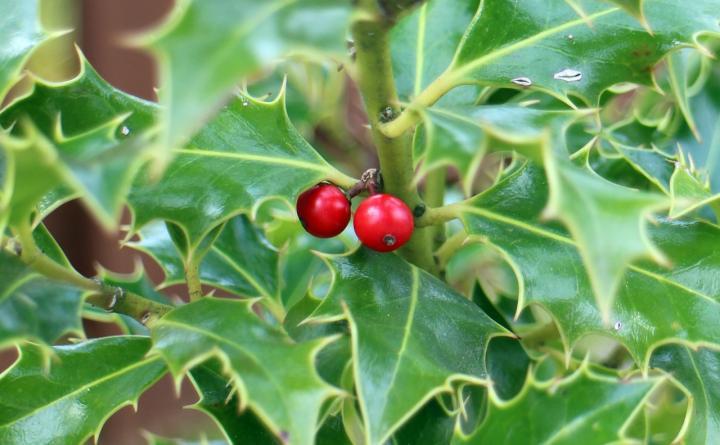
It’s red berry time and with bunches of fresh holly leaves and berries or branches of winterberries going for $5-$10, it only makes sense to get a few of these beautiful and easy to grow shrubs established in our own yards.
Winterberry, also known as black alder, is one of several native American hollies. It grows 5-15 feet tall depending on the cultivar, is deciduous, and though it has colorful fall foliage it is grown mainly for its berries.
Winterberry is very cold hardy and will thrive in a wet location so they can be planted along the edge of a damp woods or streamside. They will grow in part shade but have more berries the more sun they get. Most varieties bear red berries but a few have yellow.
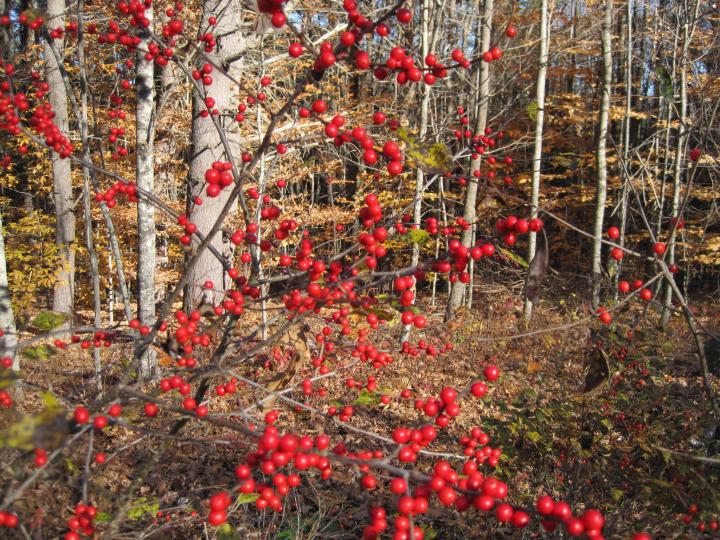
They are excellent for cutting and making holiday decorations. Just a few sprigs of winterberry make the transition from fall to holiday decorating.
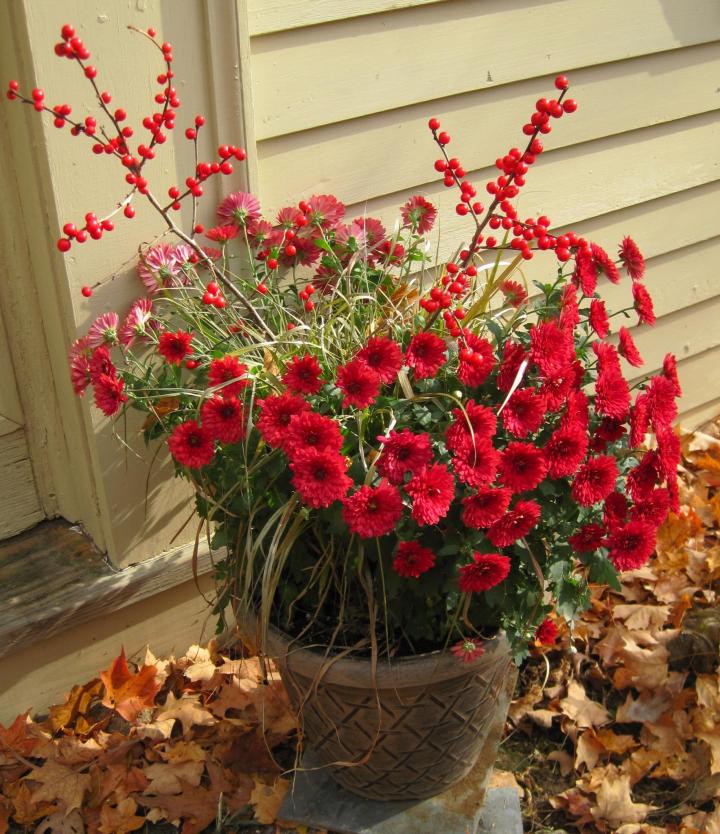
If you like the evergreen look of classic English holly, there are many cultivars to choose from. The Ilex genus is a large one with over 400 species native to not only North America but China, Japan, Europe, and North Africa, and there are thousands of hybrids. They range in size from tiny shrubs to 50 foot tall pyramidal shaped trees and have glossy leaves in colors such as blue-green, dark green, and even variegated with white or yellow edges.
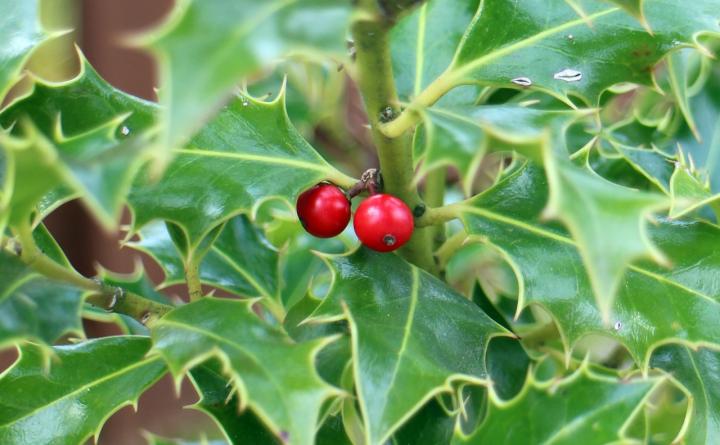
Both deciduous and evergreen hollies offer wildlife habitat and are an important source of winter food for birds. Deer also find holly to be a tasty treat and can destroy an evergreen shrub in no time if they are hungry enough.
Hollies have small greenish-white flowers and the plants are dioecious, meaning that a male and female plant must be present for fruiting to occur. They are pollinated by insects so they need to be within sight of each other and also need to bloom at the same time of year. A good ratio is one male plant for every six females. Only the female plants will have berries.
Plant your holly bushes in fertile, slightly acidic soil. Evergreen varieties like it moist but well-drained while winterberry can be planted in swampy areas that are under water for part of the year. Holly roots are close to the surface so mulch them to keep them cool and moist.
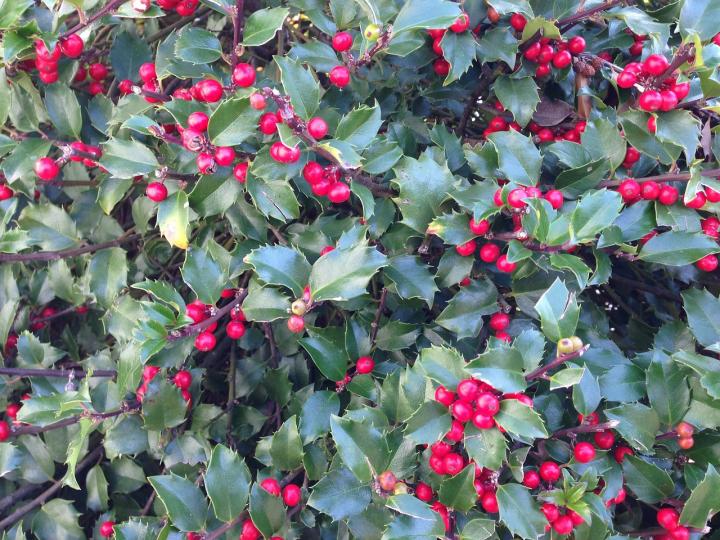
The use of holly in holiday celebrations began long ago.
There are many reasons to place holly high on your wishlist of plants for next season.
Happy Holly Days!
~ By Robin SweetserGet inspired by Robin Sweetser's backyard gardening tips. Robin has been a contributor to The Old Farmer's Almanac and the All-Seasons Garden Guide for many years. She and her partner Tom have a small greenhouse business and also sell plants, cut flowers, and vegetables at their local Farmer's Market.
Copyright © www.100flowers.win Botanic Garden All Rights Reserved